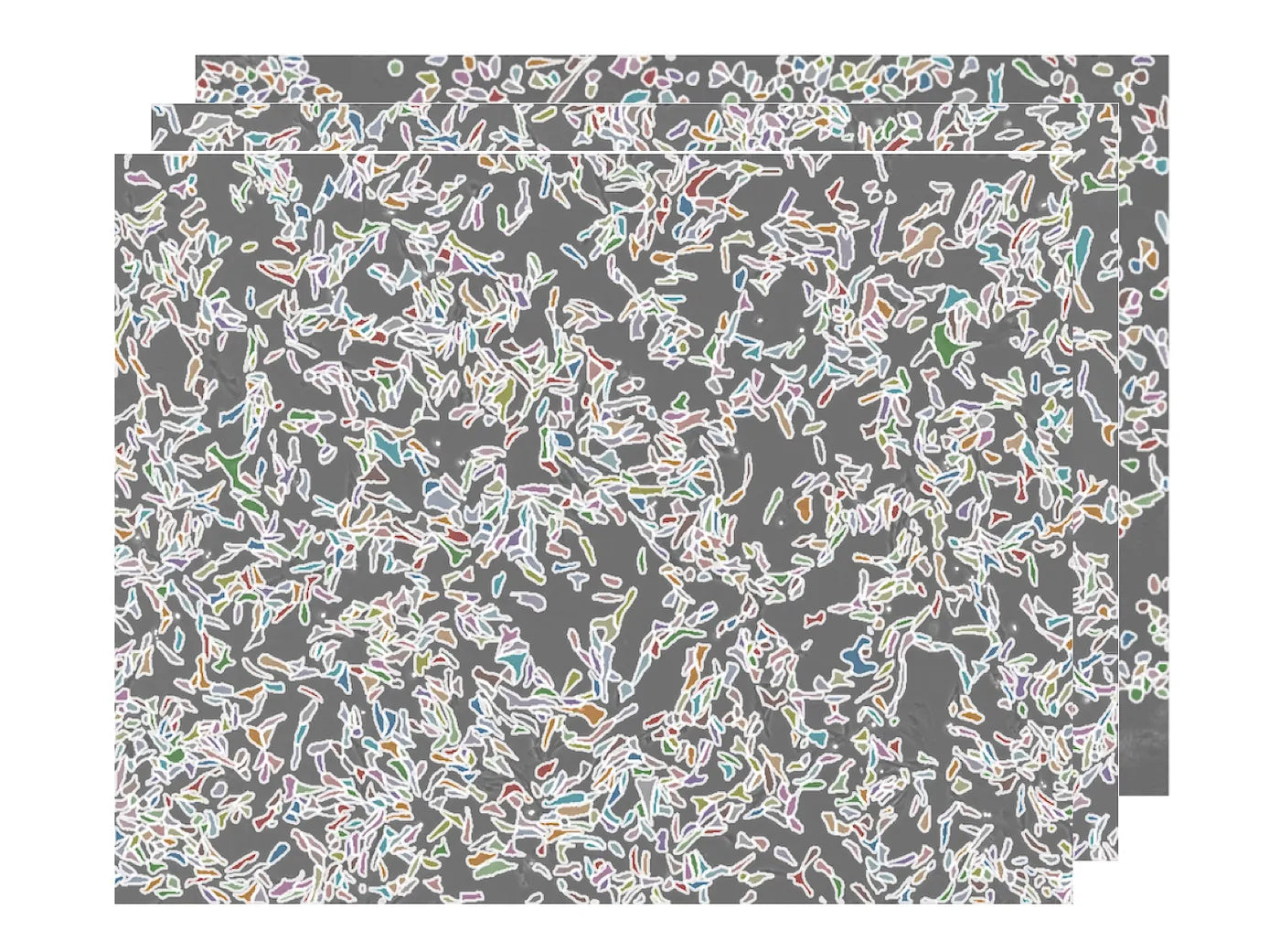How can media formulations and proteins influence cell growth? Let’s dive in.
The Importance of Cell Culture Ingredients
How can media formulations and proteins influence cell growth? Let’s dive in.
What is cell culture?
Cell culture begins with the isolation of cells from a plant or animal and involves growing the cells in an optimized environment. Each artificial environment is specifically designed for the chosen cell line and can have many different factors including;
- medium that delivers essential nutrients
- proteins
- growth factors
- hormones
- regulated external environment (i.e. temperature, gasses, pH)
Selecting the correct ingredients for a specific cell line is crucial for healthy, viable cells and consistent cell growth. Moreover, it is important to perform regular medium exchanges to supply fresh nutrients and discard any waste products from the cells.
What are the different types of cell culture media?
Cell culture synthetic media can be divided into four main categories, based on the supplements added, including;
- Serum-containing
- Serum-free
- Protein-free
- Chemically-defined media
Traditionally, one of the major components in cell culture is serum, a naturally-derived product that provides growth factors, hormones, minerals and more to the cells. However, there are several limitations to using serum due to high batch-to-batch variability, inconsistent availability, high cost and biosafety concerns with cross-contamination. Serum-free cell culture eliminates almost all of these by controlling the different component concentrations and minimizing overall cost. Moreover, serum-free media can allow for the co-culture of different populations of cells by configuring the media to benefit each cell type. Protein-free media is used primarily for the culture of hybridoma and immune cells.
The final category of media is chemically-defined media, which is media that contains no unidentified ingredients. Chemically-defined media allows for high reproducibility and stability in a cell culture system, reduces contamination risk and allows for the study of cellular secretions, which has been growing due to the role of exosomes on cell communication.
Chemically-Defined Media and Stem Cells
Human induced pluripotent stem cells (hiPSCs) are reprogrammed somatic cells that were engineered to have similar traits as embryonic stem cells, in that they are pluripotent and can differentiate into a wide range of cell fates. The broad application of these cells make them important to future research, as they can be used in multiple fields of research including; disease modeling, regenerative medicine, and drug discovery. In an effort to maintain pluripotency in these cells, chemically-defined media is advantageous because of the control it allows when working with hiPSCs. This extends not only to maintaining pluripotency but also allowing for the differentiation of cells to a specific cell fate once provided additional cues.
Wrapping Up - The Goal for Defined Media
Making chemically-defined media accessible across academic and industry labs, as well as for manufacturing biologics and cultivated meat, reduces variability and increases reproducibility of experiments or products. Furthermore, making chemically-defined media cost-effective and routinely available lowers barriers between researchers in different institutions and different fields.
If you’re interested in how Defined Bioscience can improve your research with chemically- defined cell culture media or specific signaling components, reach out to the experts today!
References:


